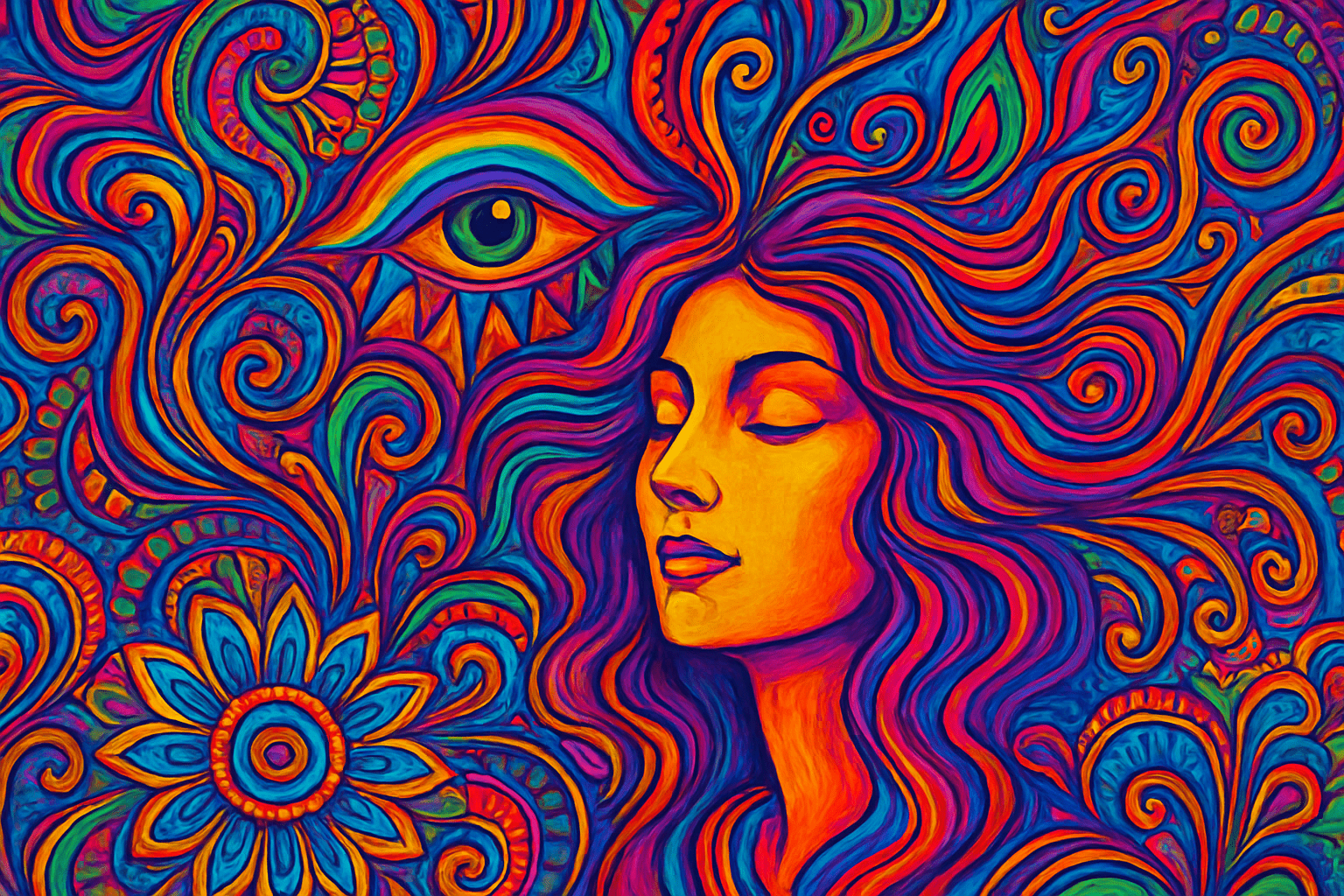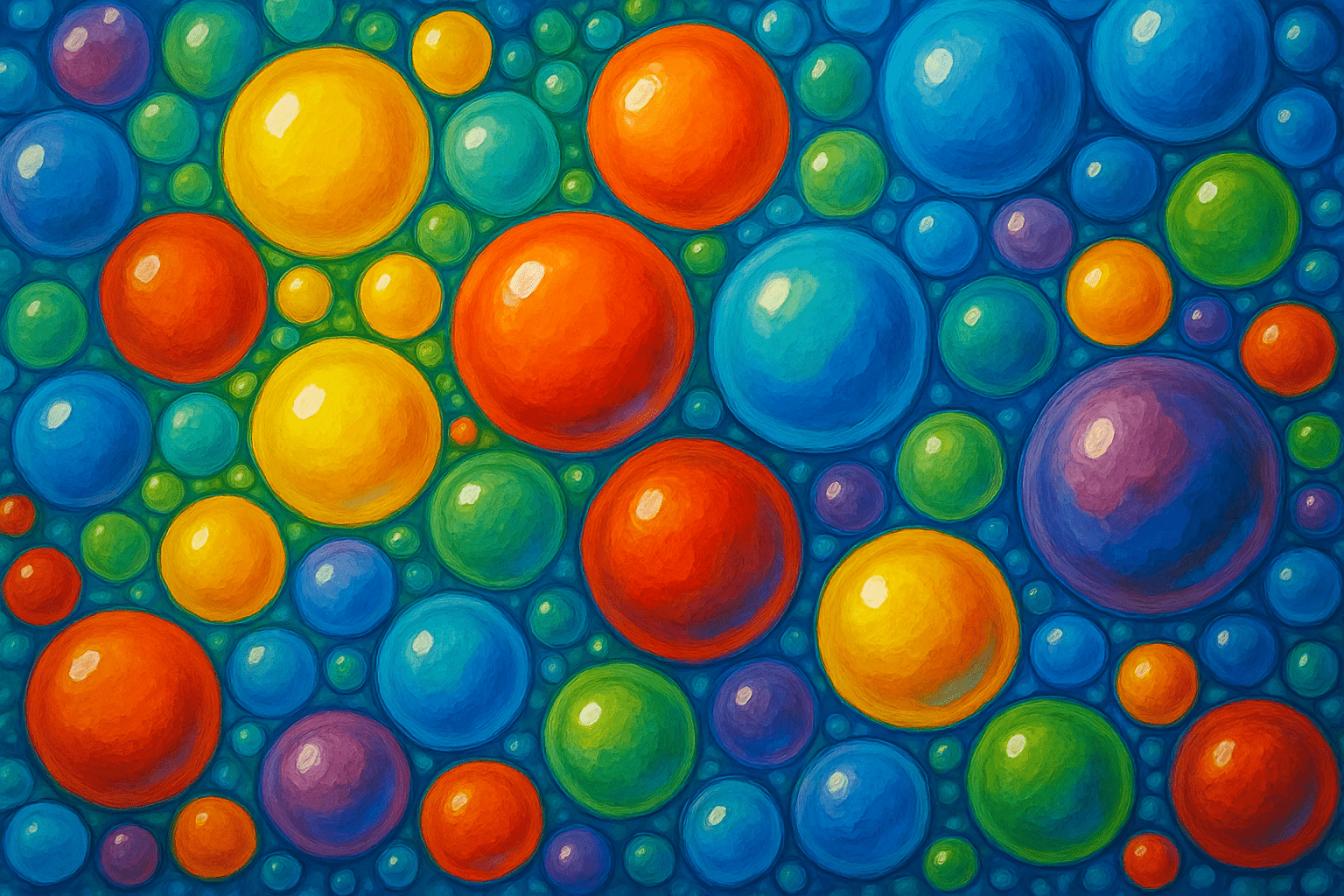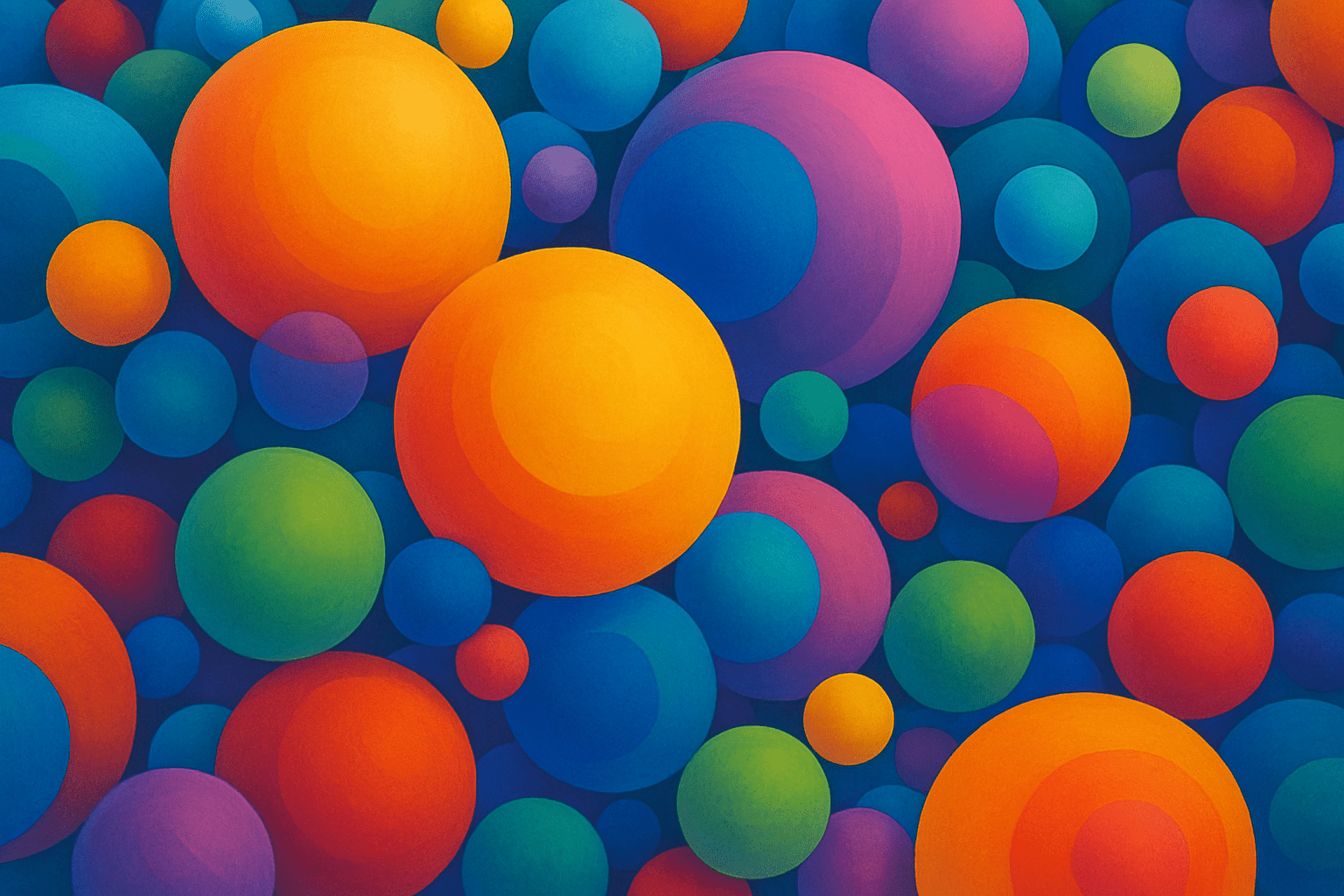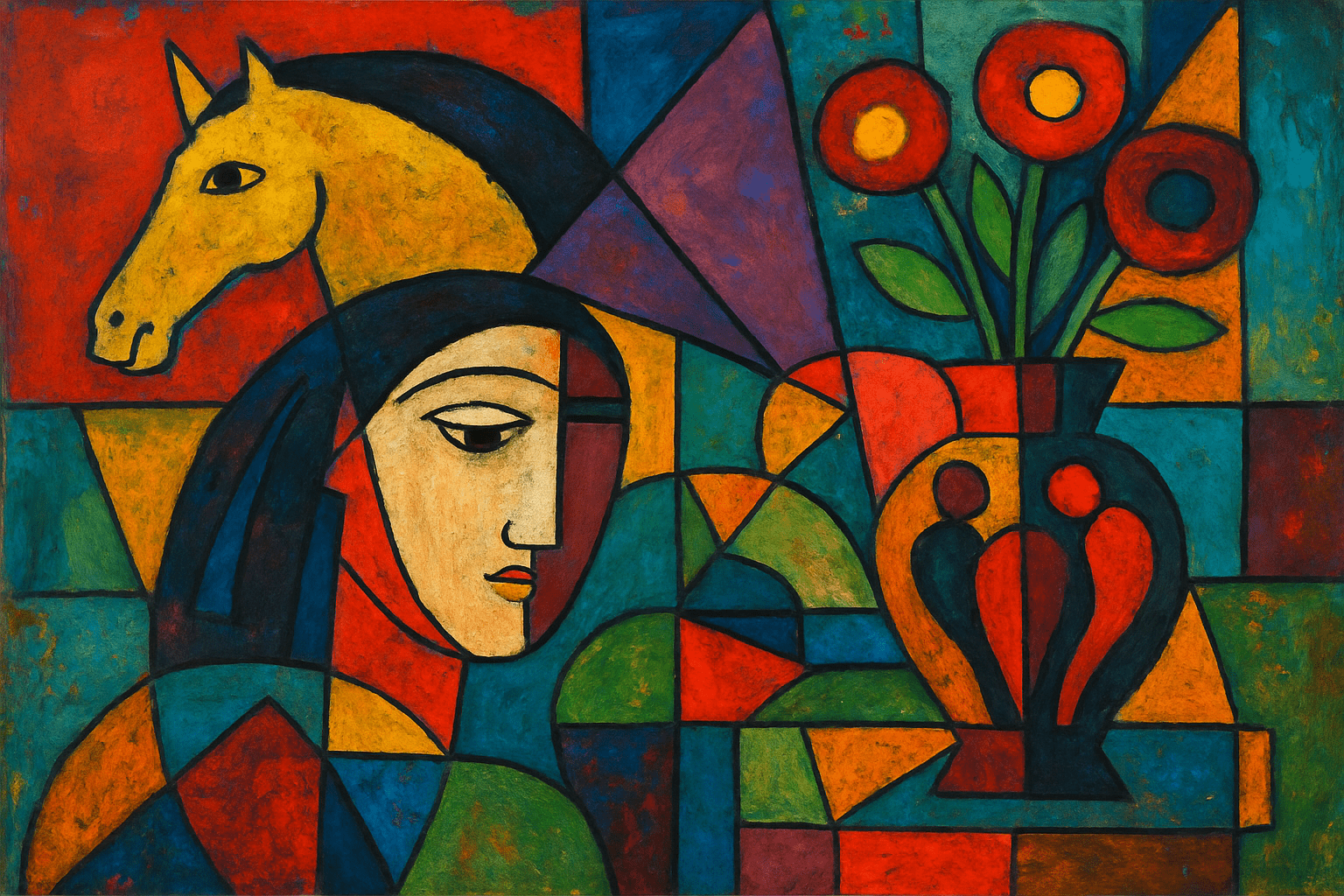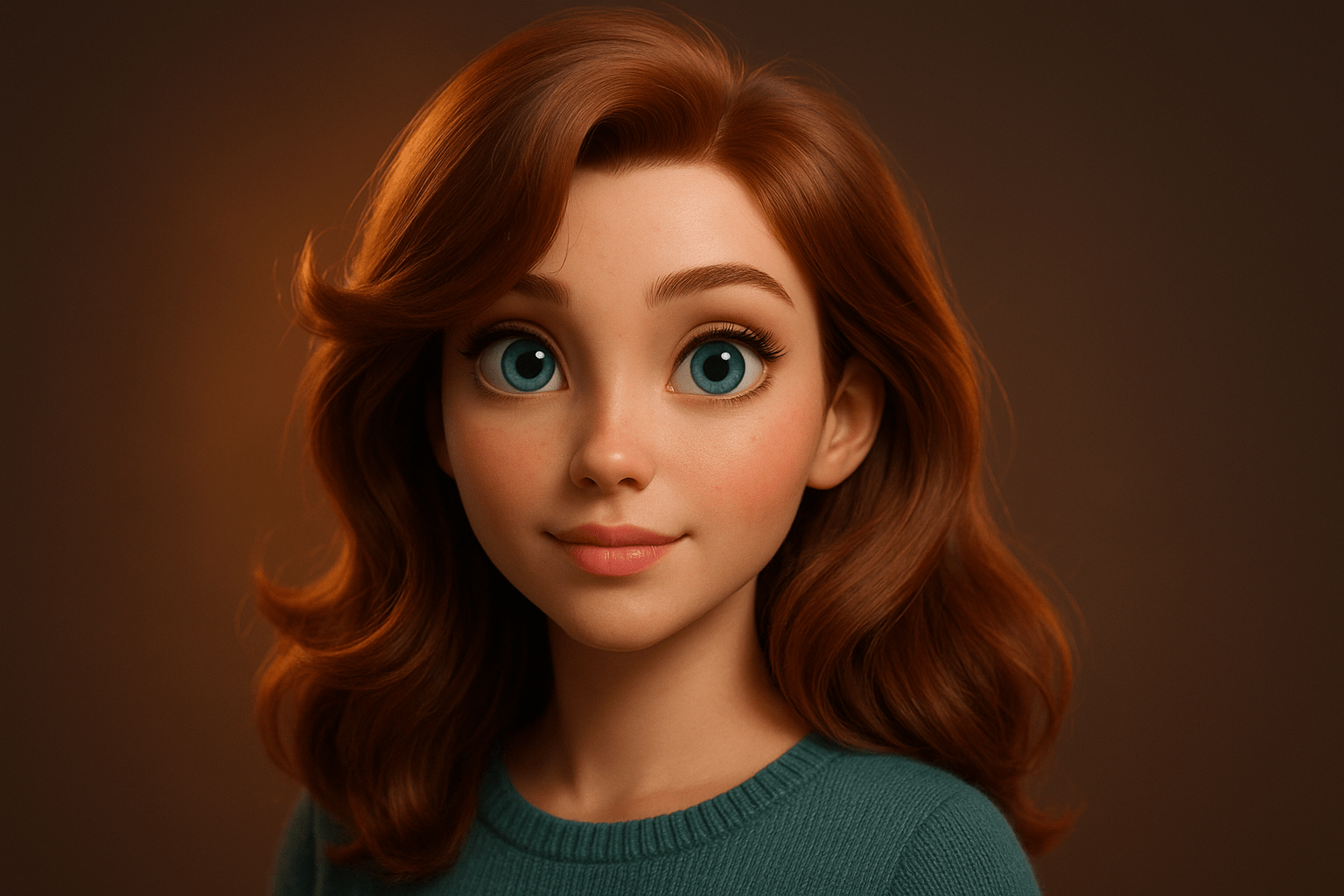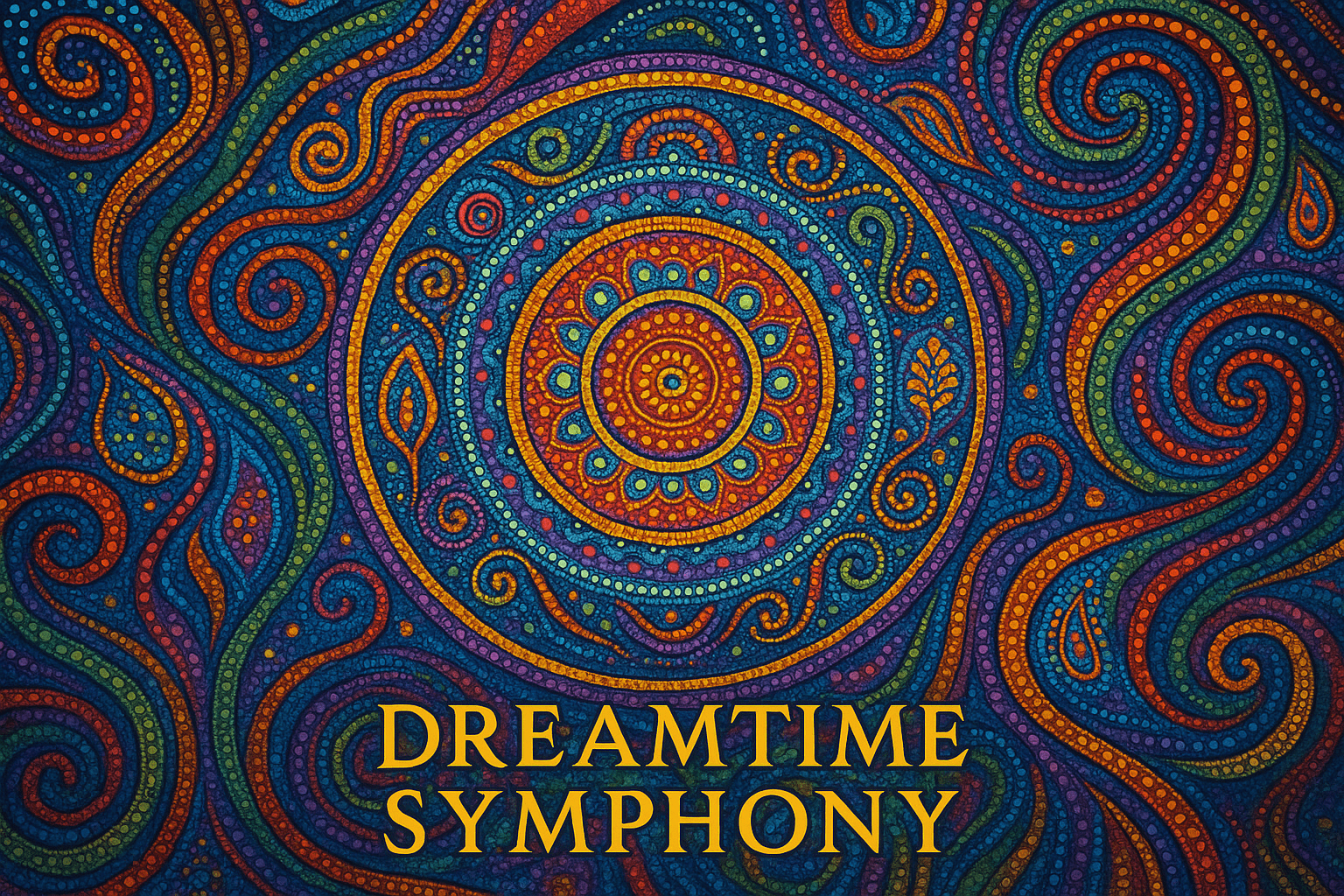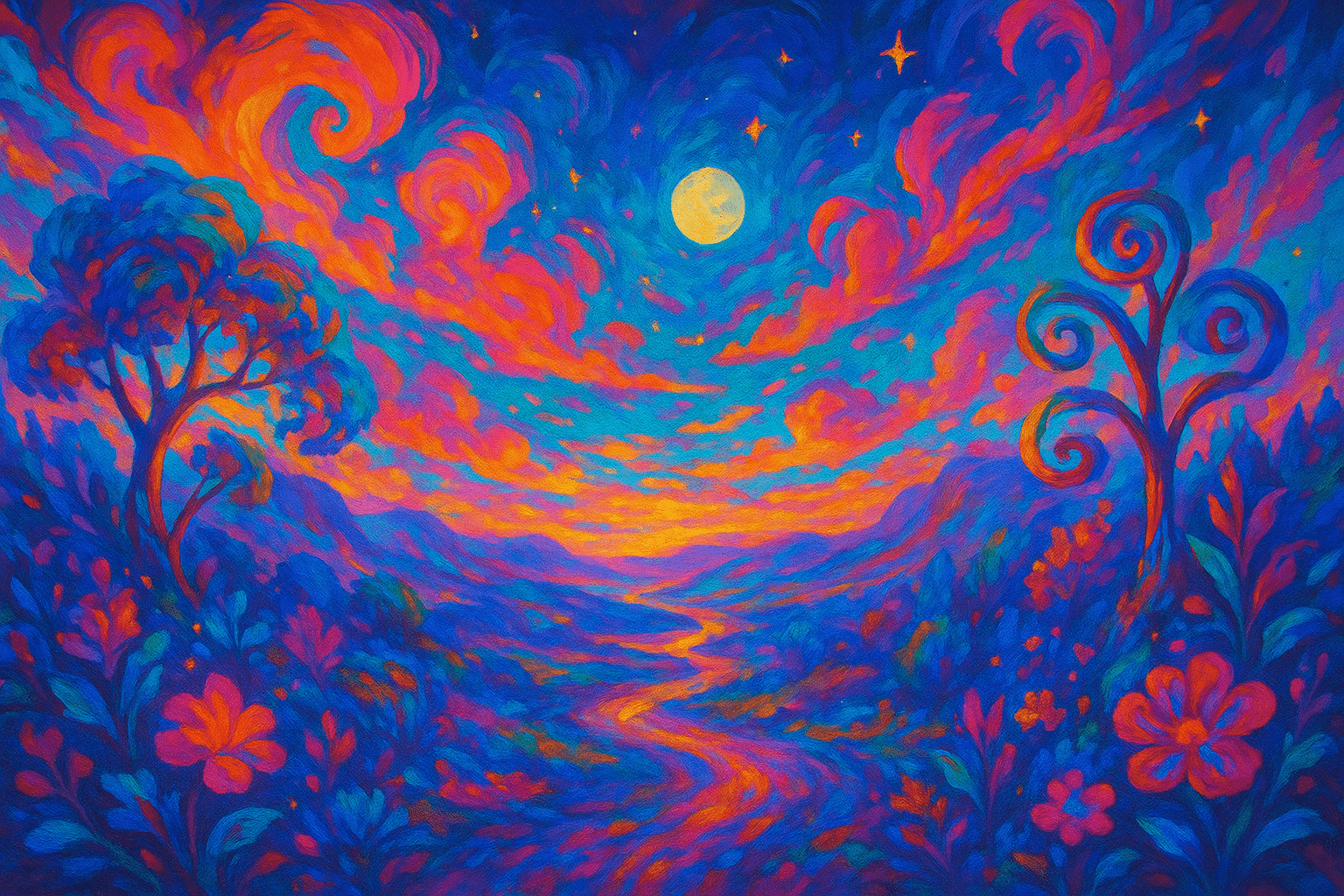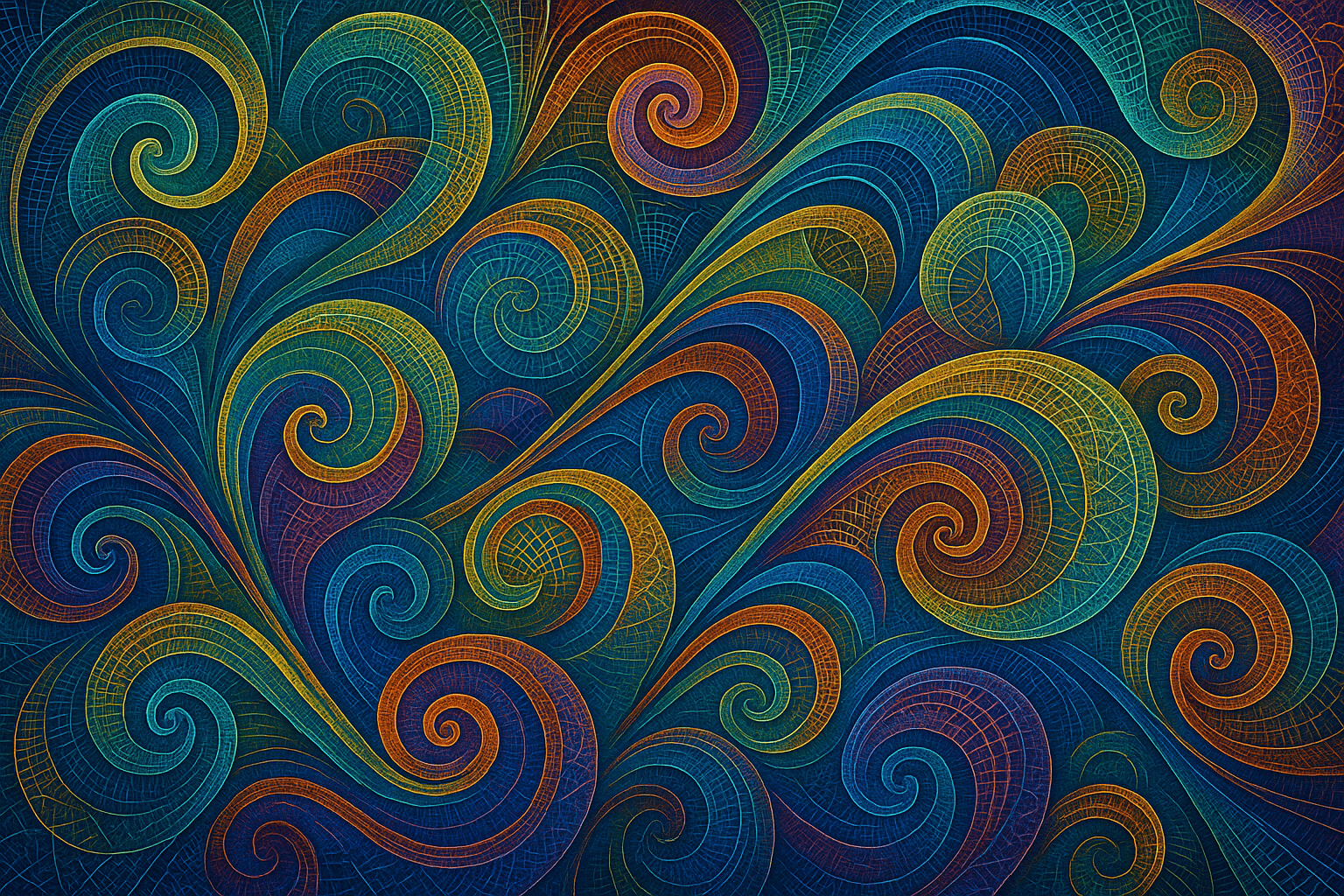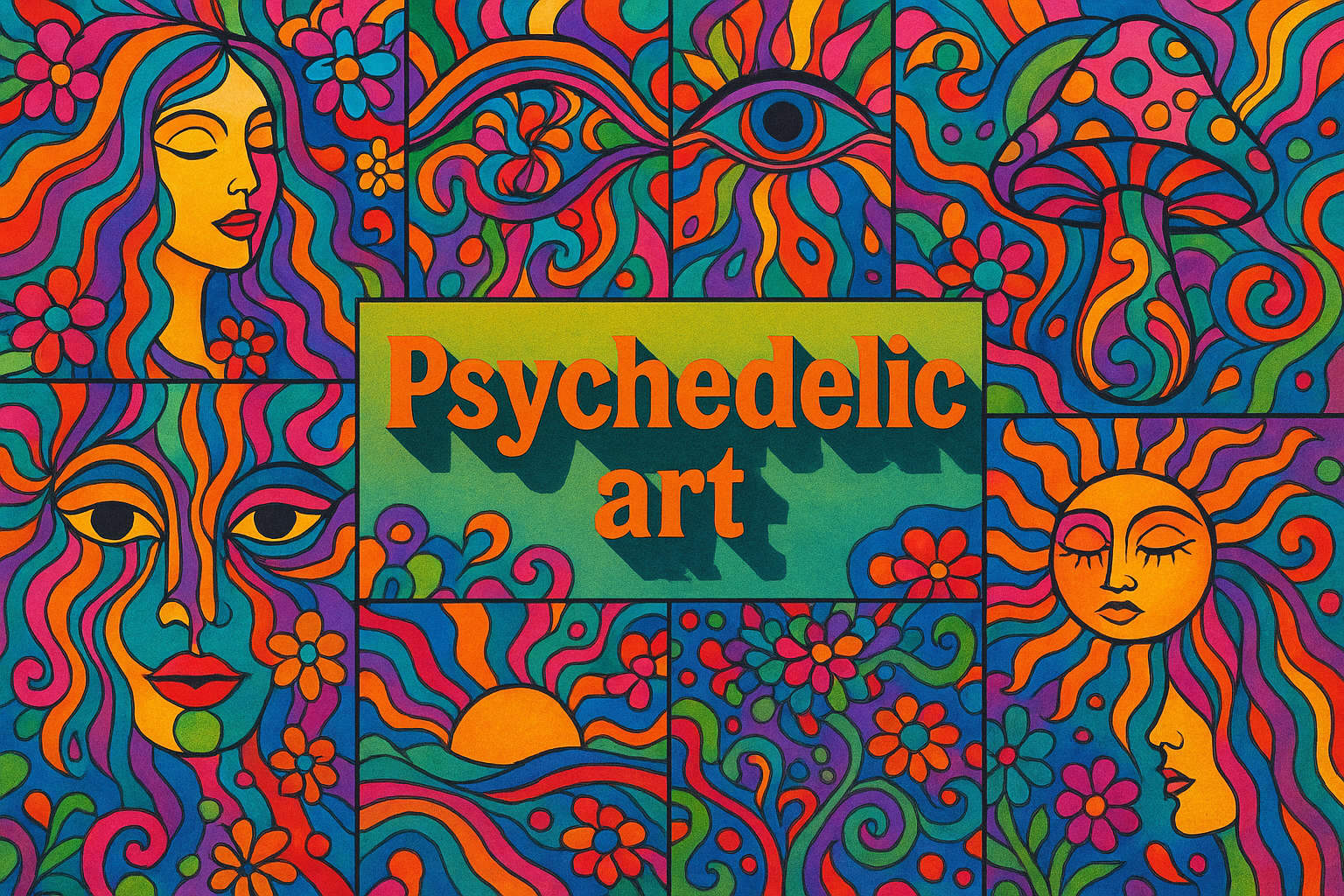
Psychedelic art
Psychedelic art is characterized by bright colors and bold patterns. The art style is often associated with the psychedelic music of the 1960s and 1970s.
AOI thinking about Psychedelic art [+_~]-/
Overview and Quickfacts
Psychedelic art is a style of art that is characterized by bright colors and bold patterns. This style of art is often associated with the hippie movement of the 1960s and 1970s. Psychedelic art often features themes of peace, love, and nature.
Can understand it also, as:
Fantasy art, visionary art, surreal art, abstract art
Categorize it as:
Impressionism, Modernism
.: Dreaming :.
holds a HAIKU for the art style
:. Thought is power .:
Detailed Description
Psychedelic art is art that is influenced by or depicts the use of psychedelic drugs. Psychedelic art is often associated with the art movements of the late 1960s, when psychedelic drugs were first becoming popular, but the style has continued to be influential since then. Psychedelic art often features bright colors, distorted images, and swirls. The goal of psychedelic art is often to replicate the experience of taking psychedelic drugs, or to depict the hallucinations that can occur while on them. Psychedelic art is often associated with the hippie movement and the counterculture of the 1960s. Some of the most famous psychedelic artists include Peter Max, Stanley Mouse, and Alton Kelley. Psychedelic art often features bright colors, distorted images, and swirls. The goal of psychedelic art is often to replicate the experience of taking psychedelic drugs, or to depict the hallucinations that can occur while on them. Psychedelic art is often associated with the hippie movement and the counterculture of the 1960s. Some of the most famous psychedelic artists include Peter Max, Stanley Mouse, and Alton Kelley.
.. beep, beep, beep ..
<START OF TRANSMISSION>
1. Psychedelic art is art that is inspired by or depicts psychedelic experiences and hallucinations. 2. Psychedelic art is often brightly coloured and uses distorted or surreal images. 3. Psychedelic art is associated with the 1960s counterculture and hippie movement. 4. Psychedelic art was used to promote the use of psychedelic drugs such as LSD. 5. Psychedelic art is often inspired by Eastern religions and philosophies, such as Hinduism and Buddhism. 6. Psychedelic art often features spiritual or mystical themes. 7. Psychedelic art can be used as a tool for meditation or contemplation. 8. Psychedelic art is sometimes used as a form of therapy. 9. Psychedelic art can be used to induce altered states of consciousness. 10. Psychedelic art is often associated with the psychedelic rock music genre. 11. Psychedelic art is often used in psychedelic festivals and raves. 12. Psychedelic art is sometimes used in advertising and product design. 13. Psychedelic art is sometimes criticized for its use of offensive or graphic imagery. 14. Psychedelic art is sometimes accused of being too commercialized. 15. Psychedelic art is sometimes seen as being too simplistic or childlike. 16. Psychedelic art is sometimes accused of being too psychedelic. 17. Psychedelic art is sometimes said to be in bad taste. 18. Psychedelic art is sometimes seen as being too self-indulgent. 19. Psychedelic art is sometimes criticized for its lack of originality. 20. Psychedelic art is sometimes accused of being too derivative.
<EOF>
.. robbel bob
Visual Examples from our image gallery
Coming soon, we are so slow .. might never come
Artists, Paintings, and more
(be aware, can be highly speculative)
Artists (be aware, speculation possible):
1. Peter Max (1937-present) 2. Andy Warhol (1928-1987) 3. Op Art (1960s) 4. Roy Lichtenstein (1923-1997) 5. Jimi Hendrix (1942-1970) 6. Janis Joplin (1943-1970) 7. The Beatles (1960s) 8. The Doors (1960s) 9. Pink Floyd (1960s-present) 10. The Grateful Dead (1960s-present) 11. David Bowie (1947-2016) 12. Iggy Pop (1947-present) 13. The Velvet Underground (1960s) 14. The Stooges (1960s-present) 15. R.E.M. (1980s-present) 16. Nirvana (1980s-present) 17. Sonic Youth (1980s-present) 18. Pixies (1980s-present) 19. My Bloody Valentine (1980s-present) 20. The Jesus and Mary Chain (1980s-present) 21. Primal Scream (1980s-present) 22. The Stone Roses (1980s-present) 23. The Happy Mondays (1980s-present) 24. The Charlatans (1980s-present) 25. Oasis (1990s-present) 26. Blur (1990s-present) 27. Radiohead (1990s-present) 28. Pulp (1990s-present) 29. The Verve (1990s-present) 30. The Chemical Brothers (1990s-present)
Artworks (be aware, speculation possible)
1. The Great Wave off Kanagawa, Katsushika Hokusai, 1829-1833 2. The Starry Night, Vincent van Gogh, 1889 3. The Scream, Edvard Munch, 1893 4. The Persistence of Memory, Salvador Dali, 1931 5. Nighthawks, Edward Hopper, 1942 6. The Sleeping Gypsy, Henri Rousseau, 1897 7. The Yellow Christ, Paul Gauguin, 1889 8. The Dream, Henri Rousseau, 1910 9. The Isle of the Dead, Arnold BÃÂöcklin, 1880 10. Ophelia, John Everett Millais, 1851-52 11. The Ghost of a Flea, William Blake, 1819-20 12. The Madonna of the Pomegranate, Sandro Botticelli, c. 1487 13. The Hay Wagon, Andrew Wyeth, 1953 14. The Harvesters, Pieter Bruegel the Elder, 1565 15. The Garden of Earthly Delights, Hieronymus Bosch, c. 1500 16. The Creation of Adam, Michelangelo, 1511 17. The Last Supper, Leonardo da Vinci, 1498 18. The Vitruvian Man, Leonardo da Vinci, c. 1490 19. The Sistine Chapel Ceiling, Michelangelo, 1512 20. The Birth of Venus, Sandro Botticelli, c. 1486 21. The Ghent Altarpiece, Jan van Eyck, 1432 22. The Arnolfini Portrait, Jan van Eyck, 1434 23. The Mona Lisa, Leonardo da Vinci, c. 1503-1506 24. The Girl with a Pearl Earring, Johannes Vermeer, c. 1665 25. American Gothic, Grant Wood, 1930 26. Nude Descending a Staircase, No. 2, Marcel Duchamp, 1912 27. Fountain, Marcel Duchamp, 1917 28. The Son of Man, RenÃÂé Magritte, 1964 29. The Treachery of Images, RenÃÂé Magritte, 1929 30. The Persistence of Memory, RenÃÂé Magritte, 1928
Epoch
The Psychedelic art style emerged in the late 1960s and early 1970s.
AI ART RESSOURCES (AKA, well Tools)
Helping tools -> predefined search links on other pages:
